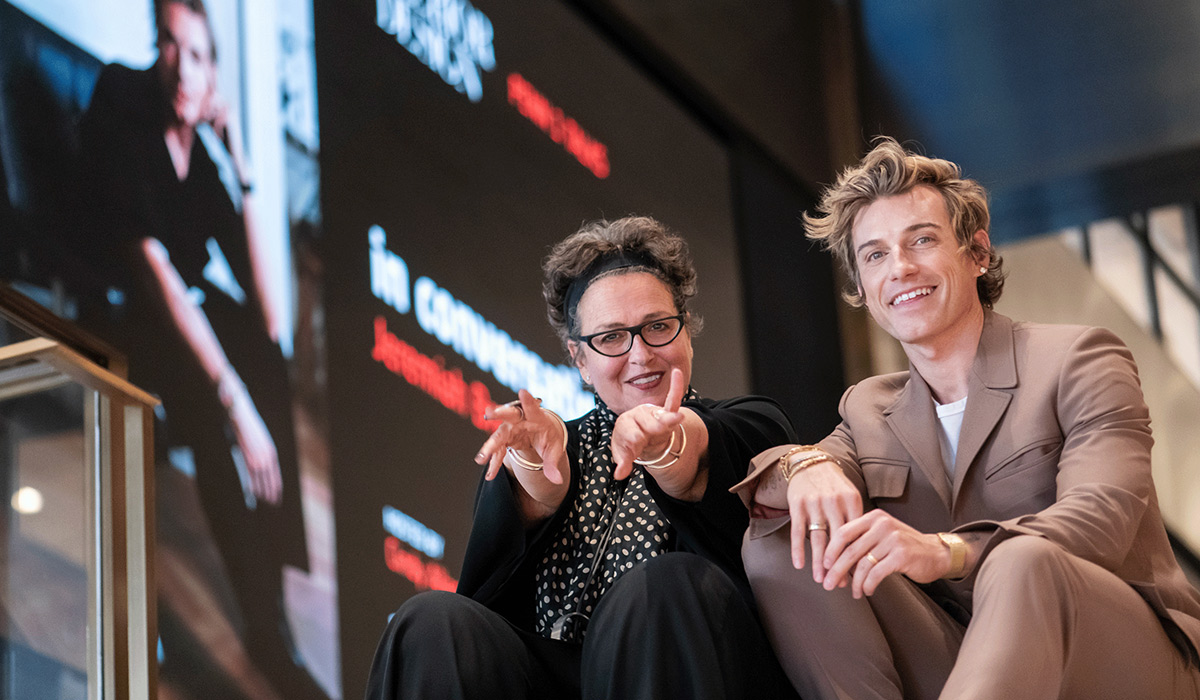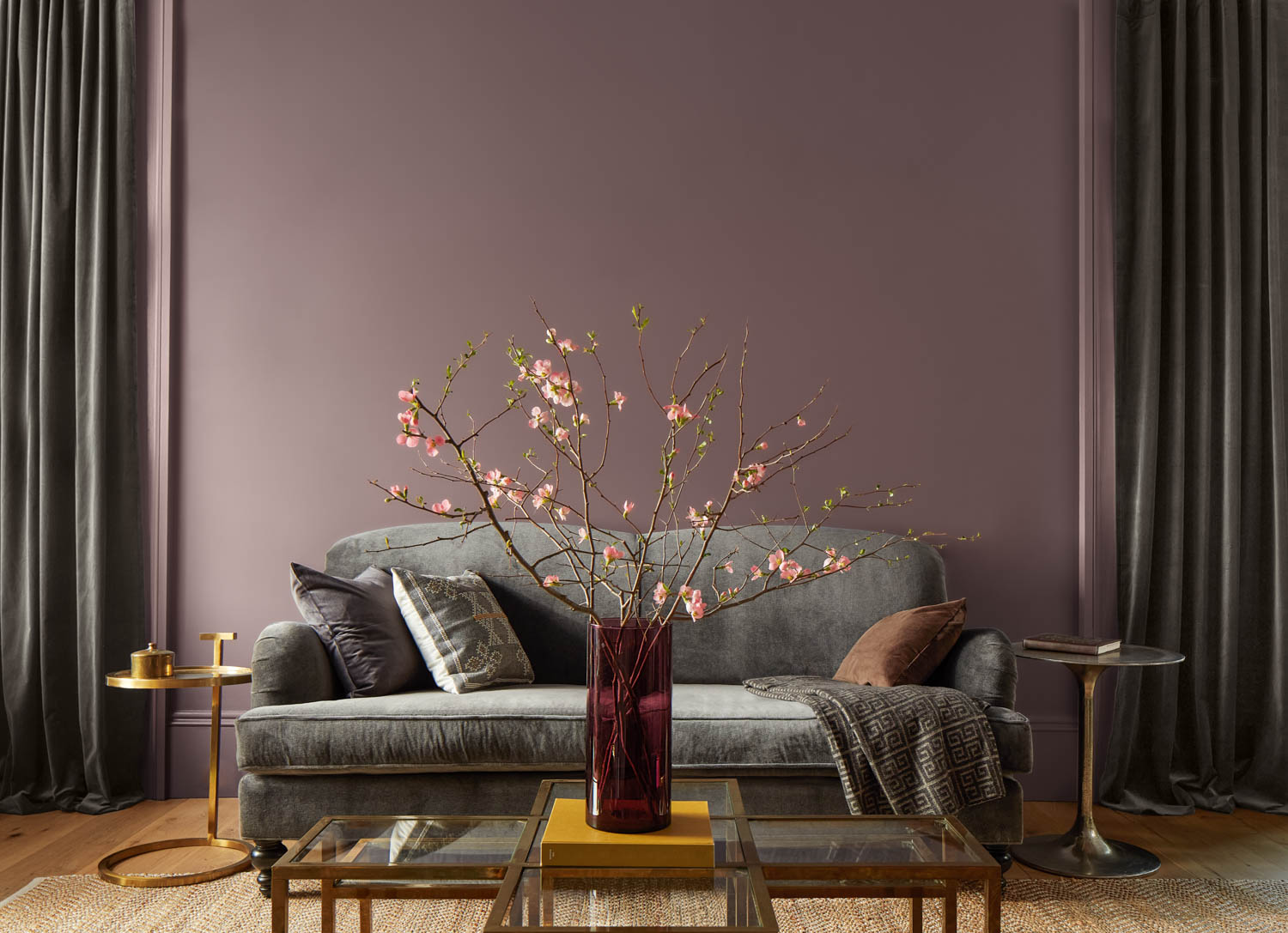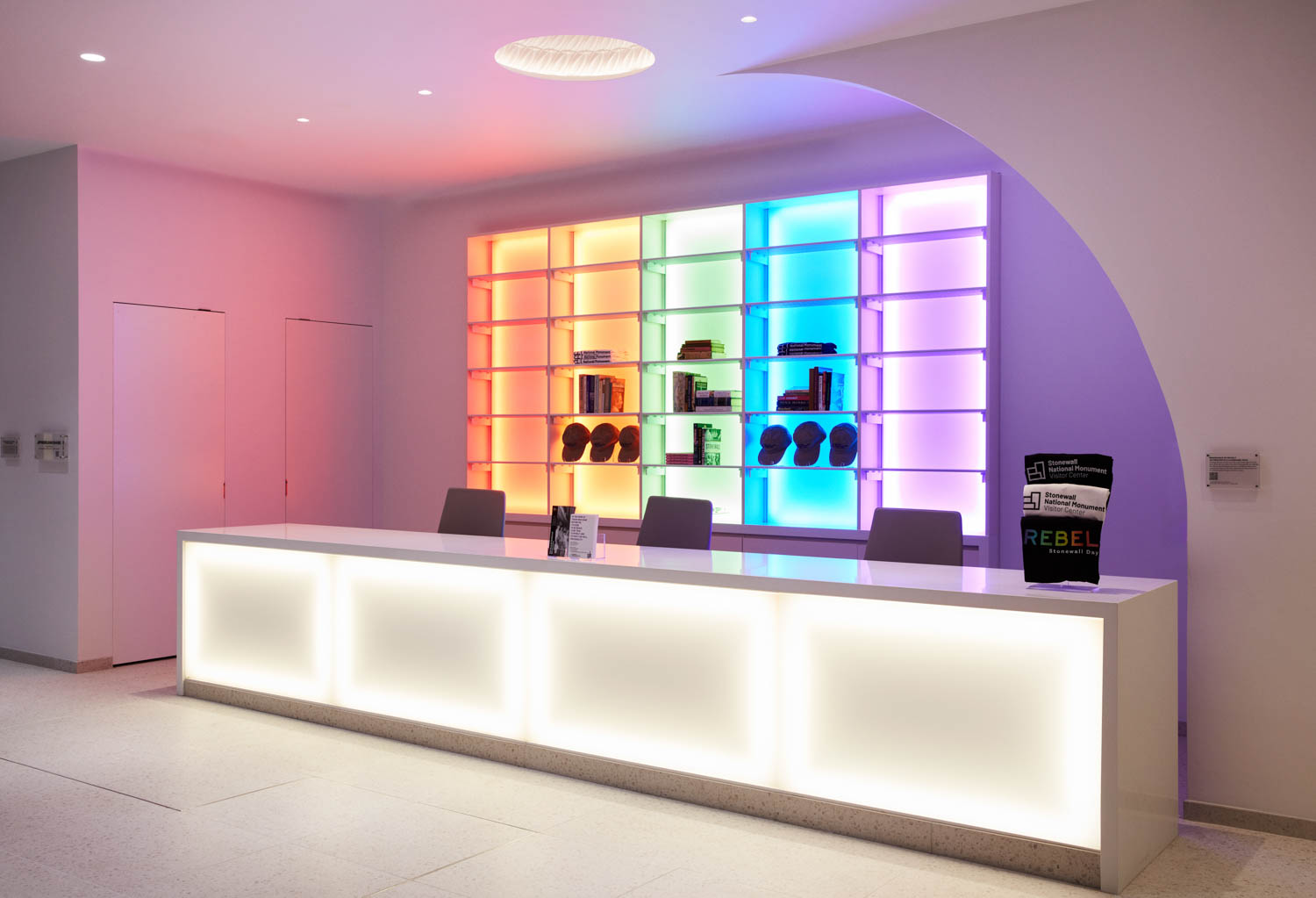10 Questions with… Jonathan F. Douglas
A powerhouse in the field of hospitality and leisure destination design, Jonathan F. Douglas is an architectural whiz who painstakingly, creatively imbues public spaces with the captivating elements of his clients’ brand identities. An active member of organizations such as the
American Institute of Architects
and
Urban Land Institute
, the Orlando, Florida-based Douglas lives and breathes good design, as is evidenced by much-lauded projects throughout the U.S., Caribbean, and United Arab Emirates. From casinos and museums to resorts like
Agua Caliente
in Rancho Mirage, California, and
Prospect Reef
in Tortola, British Virgin Islands, Douglas loves engaging guests on behalf of his clients. Here, he talks brand development, cohesive teamwork, and why great spaces are like great books.
Interior Design: How design conscious are your clients nowadays?
Jonathan F. Douglas: I think they’re very design savvy, particularly in the U.S., as design is more of a legacy than we’ve seen before, and is at the forefront of brand development. At this point, everyone’s had the chance to experience what good design means, and this has elevated the discussions we have with clients.
ID: What would you say are the specific puzzle pieces that come with designing a well-trafficked public space or hospitality project?
JD: Outside the obvious programmatic issues of traffic flow and circulation and capacity, we look at how we engage the guest into a longer-term experience. At the end of the day, clients are driven by a business model asking people to spend money or time. We’re very concerned with how a brand’s essence is told, through a hotel or entertainment venue or park.
VOA Associate’s design studio in Orlando, Florida. Photo by Peter Malinowski/Insite Architectural Photography.
ID: What do you bring to the table for the brands, in order to make their conceptual “identity” an actual environment?
JD: We use stories to establish an outline for how guests will engage a space, and we like the idea that there is an opening, middle, and end to their experience.
B Hotel
in Miami, for example, is a new brand that’s rapidly developing. We’re doing a project for them in Orlando that really communicates an expressive vision of hospitality.
ID: How do creative ideas come about within your team?
JD: We’re not very departmental or hierarchical, so we put our teams together from the very beginning, from the development stage. We’re storyboarding from the start, thinking of key words and the brand experience. One recent project we worked on was focused on “harmonious spaces,” and we wanted all the spaces to work together. So what does that mean? Those become the brand elements that our team focuses on.
ID: What kind of rapport do you encourage with clients?
JD: We prefer the participatory clients, because they help us to get the framework of a project. As a team we’re not wanting to just work by ourselves and come back and present the “grand scheme.” We like the conversation. That way we avoid the frustration of going through the design process and then having clients forget about the agreed-upon vision. When it just becomes, “I like that piece of furniture,” that’s frustrating.
ID: Much of the design industry experienced a slowdown since 2008. Was VOA affected and has it picked up at all?
JD: We’ve always been pretty lucky and busy, but I think it’s because we have a fairly unique way to look at design. I always try to think about what would it be like to hire an architect or designer. Would I enjoy that experience? A repeat client has the willingness to do it again, which says a lot.
VOA Associate’s design studio in Orlando, Florida. Photo by Peter Malinowski/Insite Architectural Photography.
ID: What’s your take on sustainability—not just materials, but in the actual design? How do you keep a project relevant for a long time?
JD: I think you have to look at the context and understand what contextual architecture is about. It doesn’t have to be a literal reinstatement of what’s around, but you have to understand what stories are being told. That establishes meaningful connection. It’s like reading a great book. You read that first chapter and say, “I can’t put this down.” It’s the same with architecture.
ID: How hands-on do you like to be during construction?
JD: It’s hard for us not to be engaged. Some of our designs require a high level of oversight, and we take that on when it’s appropriate. We’re often asked to take single-source responsibility—design and construction—for projects. While we don’t think we should become “builders”—there are too many competent people doing that already—but we certainly understand what’s involved. I understand the desire to go solely to one source… Clients are intelligent and informed, and can’t afford conflict during construction.
ID: Are there any structures or locales that have endured for you as a source of inspiration?
JD: I’m most inspired by sculpture, artists such as Alexander Calder. Calder has always been really inspiring with respect to creating movement and form. While at UC Berkley, I read a lot of the writer J.B. Jackson, who’d ride around on his motorcycle and write about the American landscape. He explored what the drivers were behind environmental design.
ID: What are some of the earliest instances when you found yourself engaged by good design?
JD: I grew up in a really cool house outside of Pasadena, California, in a town called Glendora, and my mom was a great decorator. When I was a kid, I drafted the whole house up. I’m lucky because I knew I wanted to be an architect at a really young age. Whether I could get there, that was the big question. As a kid I always loved the Huntington Hotel in Pasadena. It’s now a different hotel, but it was this great old hotel surrounded by gardens. One of my grandmothers lived next door to it, and the other grandmother had a table there that was “her table.” It made me love hotels. It’s a great concept… Stay over, let someone there take care of you, and be entertained by it.





